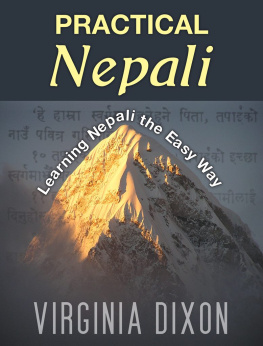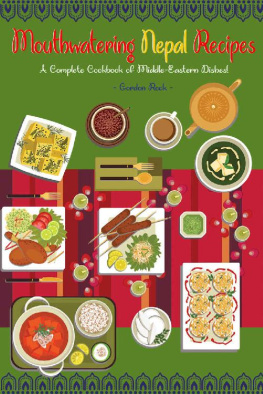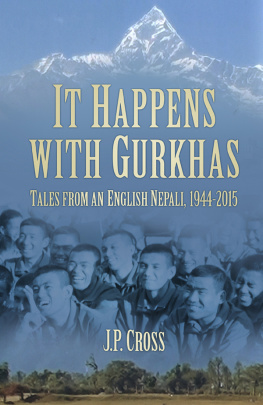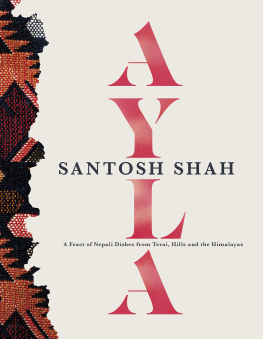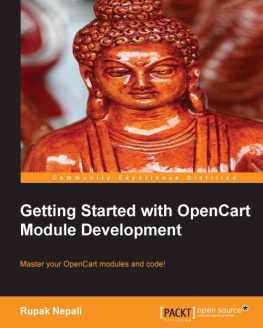Virginia Dixon - Practical Nepali: Learning Nepali the Easy Way
Here you can read online Virginia Dixon - Practical Nepali: Learning Nepali the Easy Way full text of the book (entire story) in english for free. Download pdf and epub, get meaning, cover and reviews about this ebook. year: 2013, publisher: BookBaby, genre: Children. Description of the work, (preface) as well as reviews are available. Best literature library LitArk.com created for fans of good reading and offers a wide selection of genres:
Romance novel
Science fiction
Adventure
Detective
Science
History
Home and family
Prose
Art
Politics
Computer
Non-fiction
Religion
Business
Children
Humor
Choose a favorite category and find really read worthwhile books. Enjoy immersion in the world of imagination, feel the emotions of the characters or learn something new for yourself, make an fascinating discovery.
- Book:Practical Nepali: Learning Nepali the Easy Way
- Author:
- Publisher:BookBaby
- Genre:
- Year:2013
- Rating:5 / 5
- Favourites:Add to favourites
- Your mark:
Practical Nepali: Learning Nepali the Easy Way: summary, description and annotation
We offer to read an annotation, description, summary or preface (depends on what the author of the book "Practical Nepali: Learning Nepali the Easy Way" wrote himself). If you haven't found the necessary information about the book — write in the comments, we will try to find it.
This book is an ideal beginning for those who are trekking, travelling, working or volunteering in Nepal, whose priority is to speak and understand everyday Nepali. To speak perfect Nepali, it is essential to learn the Nepali script and come to terms with the pronunciation. Mastery of the content of this book will enable you to communicate practically and effectively on a wide range of everyday subjects. This book has been written in what the author has termed Neplish - essentially Nepali words written phonetically in English.
Practical Nepali has been arranged into 6 sections: an introductory part which covers contents, acknowledgements, introduction, tips on getting started, pronunciation and word order and a second part that covers vocabulary and minor grammar. Examples of phrases are included within each of the 12 vocabulary sections, all of which cover a particular topic. The third part includes 34 aspects of major or universal grammar which makes deciphering and learning the language much easier. The fourth part deals with verbs, verb tenses and their conjugations and the fifth part covers special usage of verbs - some verbs have multiple meanings and can mean different things when combined with other words.
Studying this book will not only enable you to communicate adequately on a wide range of everyday subjects, but your purchase will also benefit wonderful work being done in Nepal. Part of the authors motivation in turning her Nepali language lessons into a published form was to provide an income for three charities she supports and to supplement the income of two wonderfully patient men Saila and Mohan who helped Virginia over the course of many visits, learn the language.
50% of the proceeds of this book are being donated 10% each to three charities doing wonderful work in Nepal (The Australian Himalayan Foundation, Classrooms in the Clouds and Langtang Valley Health (Australia) and 10% each to Saila and Mohan in appreciation of everything they taught me.
Once this e-book is in circulation the author intends to start work on an accompanying dictionary and one day hopes to read and write Nepali...that may be another book!
Virginia Dixon: author's other books
Who wrote Practical Nepali: Learning Nepali the Easy Way? Find out the surname, the name of the author of the book and a list of all author's works by series.

